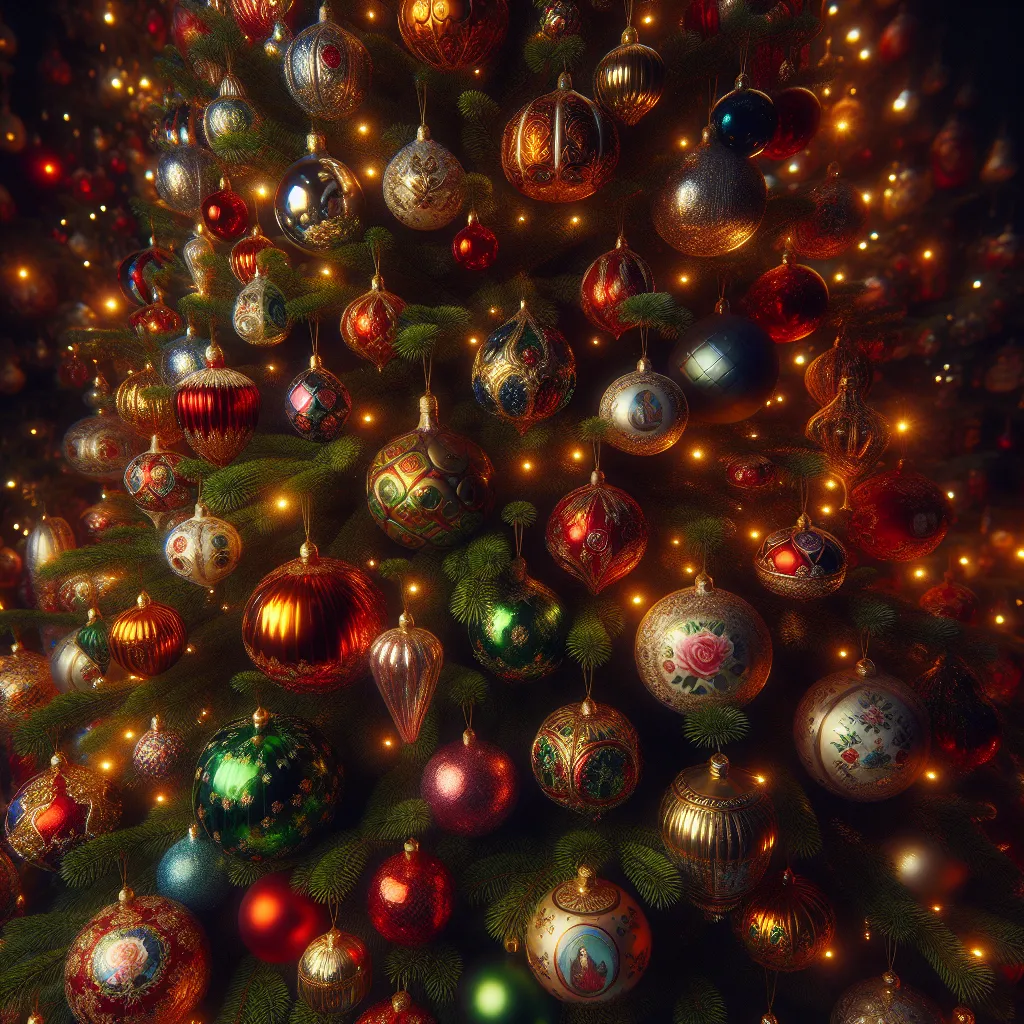The Origins of Baubles in Holiday Decorations
When it comes to holiday decorations, one iconic item that has stood the test of time is the bauble. These colorful and shiny ornaments are a staple in many festive displays, adorning Christmas trees and other holiday settings. The origins of baubles in holiday decorations can be traced back to 16th century Germany, where they were initially made of blown glass and carefully hand-painted. These early baubles were treasured for their delicate craftsmanship and were considered a symbol of prosperity and good fortune.
Over time, the popularity of baubles spread throughout Europe, with different regions developing their own unique styles and techniques for creating these decorative ornaments. In addition to their aesthetic appeal, baubles also held symbolic significance. The spherical shape of the bauble was often associated with unity and completeness, reflecting the spirit of togetherness and celebration during the holiday season.
As the tradition of decorating Christmas trees gained momentum, baubles became a central element of this festive practice. The twinkling lights and reflective surfaces of the baubles added a magical touch to the tree, creating an enchanting atmosphere for holiday gatherings. Today, the tradition of using baubles in holiday décor has evolved to encompass a wide variety of designs, colors, and materials, catering to diverse tastes and preferences.
In conclusion, the history of baubles in holiday decorations is a testament to their enduring appeal and symbolism. From their humble origins in German craftsmanship to becoming a cherished tradition in many households worldwide, baubles continue to symbolize the festive spirit and joy of the holiday season.
The Evolution of Baubles in Christmas Traditions
Over the centuries, baubles have become an iconic symbol of holiday decor, especially during the Christmas season. The tradition of decorating trees with baubles dates back to the 16th century in Germany, where fir trees were adorned with apples, roses, and other ornaments to celebrate the holiday season. It wasn’t until the 19th century that the modern glass baubles, as we know them today, became popular.
German glassblowers are credited with the evolution of baubles, transitioning from decorating trees with fruit to crafting glass ornaments that resembled fruits, nuts, and other symbols of abundance. These early baubles were delicately hand-blown and hand-painted, making them valuable and cherished decorations.
As Christmas traditions spread throughout Europe and beyond, so did the popularity of baubles. The industrial revolution facilitated the mass production of glass ornaments, making them more accessible to the general public. The evolution of baubles from handmade, intricate ornaments to mass-produced decorations marked a shift in the way people adorned their homes during the holiday season.
Today, baubles come in a variety of shapes, sizes, and materials, reflecting diverse cultural and artistic influences. From traditional glass baubles to modern plastic and metal ones, these ornaments continue to hold a special place in holiday traditions around the world. The evolution of baubles in Christmas traditions highlights the enduring significance of these decorations in celebrating the festive season.
Symbolism and Significance of Baubles in Festive Decor
When it comes to holiday decor, baubles play a significant role in adding charm and elegance to festive settings. These colorful, shiny ornaments have a rich history and symbolism that enhances the festive spirit. Baubles, also known as Christmas ornaments, have been a part of holiday traditions for centuries, symbolizing various aspects of the celebratory season.
Historically, baubles were initially crafted from fruits and nuts, symbolizing the bounty of the harvest and the hope for future prosperity. Over time, they evolved into the glass, metal, or plastic ornaments we are familiar with today. Their round shape represents unity and wholeness, reflecting the idea of coming together and celebrating in harmony during the holiday season.
Baubles are often adorned with intricate designs, such as stars, snowflakes, and angels, each carrying its own symbolic meaning. Stars symbolize hope and guidance, while snowflakes evoke the beauty of winter and the joy of the holiday season. Angel ornaments represent protection and hope, adding a spiritual dimension to the festive decor.
As families gather to decorate their homes, the tradition of hanging baubles on the Christmas tree fosters a sense of togetherness and nostalgia. Each bauble holds memories of past celebrations, making them a cherished part of holiday traditions. Additionally, the act of carefully placing baubles on the tree symbolizes the idea of creating a beautiful and harmonious environment for the festive season.
In conclusion, baubles are not merely decorative ornaments; they carry deep symbolism and significance that enrich the holiday experience. Their history and symbolic meanings contribute to the joy and sense of togetherness that define the festive season, making them an essential part of holiday decor.
Cultural Influences on the Use of Baubles in Holiday Celebrations
When it comes to holiday decorations, baubles have been a staple in many cultures around the world for centuries. The history of baubles can be traced back to ancient cultures such as the Egyptians, who adorned their homes with small trinkets and ornaments during festivals and celebrations. As time passed, the use of baubles in holiday decor spread to other regions, each incorporating its own cultural influences into the tradition.
In Europe, baubles became closely associated with the Christmas tree tradition during the 16th century. German glassblowers crafted intricate glass baubles, which soon became popular ornaments for the trees. The use of baubles in holiday decor quickly spread throughout Europe and, later, to other parts of the world.
Similarly, in Asian cultures, baubles are used in holiday celebrations with their own unique cultural significance. In China, red and gold baubles are often used to decorate homes during the Lunar New Year, symbolizing good luck and prosperity. In India, colorful baubles are a common feature in Diwali decorations, representing the joy and vibrancy of the festival.
Even in the Americas, the use of baubles in holiday decor has evolved to reflect the cultural diversity of the region. From the vibrant papel picado baubles in Mexico to the intricately beaded baubles used in Native American traditions, the cultural influences on the use of baubles in holiday celebrations are diverse and rich.
Overall, the history and symbolism of baubles in holiday decor are deeply intertwined with the cultural traditions of different societies. Whether it’s the sparkling glass baubles of Europe, the auspicious baubles of Asia, or the colorful baubles of the Americas, these ornaments continue to play a significant role in holiday celebrations around the world, reflecting the cultural values and beliefs of diverse communities.

